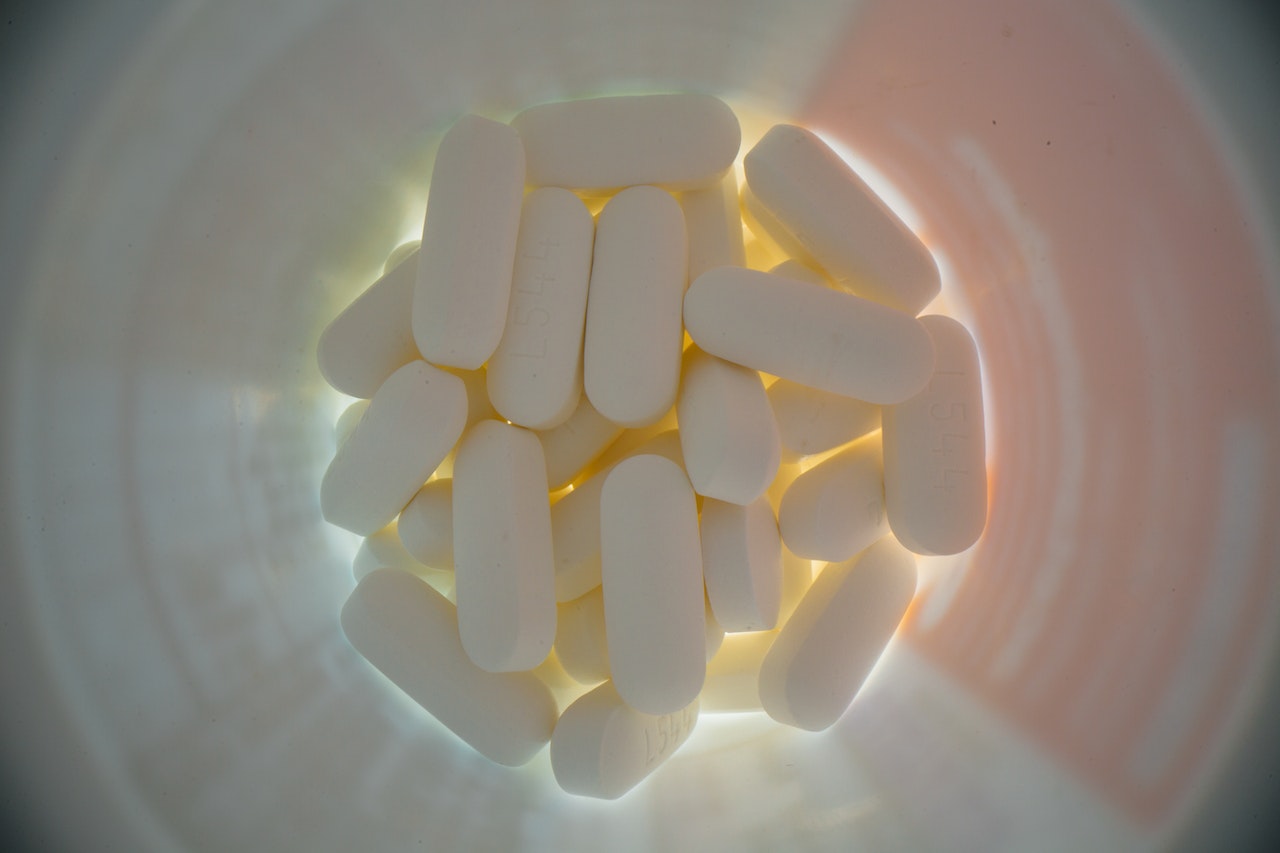
Vitamin D3 is a crucial nutrient with various functions in the human body. Some of these include maintaining calcium and phosphate levels, promoting bone health, and enhancing muscle function. Recent studies have shown that Vitamin D3 also plays a critical role in muscle generation and recovery. This aspect particularly resonates with those who, like us, conduct routine weight-lifting and resistance training; proper mitigation of injury, along with muscle regeneration, represent critical success factors and long-term benchmarks for body recomposition.
Vitamin D3 and Muscle Generation
Vitamin D3 is essential for muscle generation and growth.
A recent study found that Vitamin D3 supplementation significantly increases muscle protein synthesis, which is the bio-chemical function responsible for muscle building and repair (1). Conversely, low levels of this vitamin have been associated with muscle weakness, which leads to an increased risk of long-term injuries during workouts (2). This becomes particularly problematic when incorporating workout strategies such as “progressive overload” or conducting exercises above an RPE (Rate of Perceived Exertion) of 7.
Diminished D3, moreover, reduces the effectiveness of hypertrophic exercises. Our body is, in essence, starved of this phosphate catalyst, reducing the fuel we require to generate muscle growth, movement, and repair.
Vitamin D3 and Muscle Recovery
Vitamin D3 has anti-inflammatory properties that can help reduce muscle soreness and inflammation after exercise. A recent study found that D3 supplementation noticeably diminishes muscle damage and inflammation following an intense workout (3).
Furthermore, D3 supplementation can also reduce oxidative stress in the muscles. This can lead to faster muscle recovery after exercise (4).
Dosage and Supplementation
It is important to note that the optimal dosage of Vitamin D3 supplementation for muscle generation and recovery is still under investigation.
However, the Endocrine Society recommends that adults consume at least 600-800 IU/day of D3 to maintain optimal health (5). Some studies have suggested that higher doses may be necessary for muscle generation and recovery. A recent study found that D3 supplementation of 4,000 IU/day for eight weeks improved muscle function in older adults (6).
While the jury is still out on the “optimal/suggested” amount of D3 required by adults, I urge you to use common sense when applying it to your own lives. If, like me, you conduct frequent and intense weight workouts, then trend toward the upper end of suggested/recommended dosages. If you are not straining your muscles or conducting “lighter” workouts, a lower dosage will suffice.
Keep in mind that D3 is a fat-soluble vitamin.
This means that it dissolves in fat and can be stored in the body’s fat tissues for a long time, rather than being excreted in urine like water-soluble vitamins. It is important to be mindful of this when supplementing with vitamin D3. Excessive doses can lead to toxicity over time. I recommend taking a blood test and consulting with your physician to see your deficiencies. You can supplement with more confidence by knowing exactly what your body needs.
In conclusion, incorporating Vitamin D3 into your fitness routine may have a significant impact on muscle generation and recovery. Adequate levels of Vitamin D3 are essential for building stronger and healthier muscles. Also, Vitamin D3 supplementation can reduce muscle soreness and inflammation after exercise. While the optimal dosage of Vitamin D3 is still under investigation, current evidence suggests a daily intake of at least 600-800 IU of Vitamin D3 to maintain optimal health.
References:
- Hamilton B, Whiteley R, Farooq A, et al. Single amino acid supplementation of Vitamin D is sufficient to promote skeletal muscle hypertrophy and differentiation. Applied Physiology, Nutrition, and Metabolism. 2020; 45(2): 131-134.
- Visser M, Deeg DJ, Puts MT, Seidell JC, Lips P. Low Vitamin D and high parathyroid hormone levels as determinants of loss of muscle strength and muscle mass (sarcopenia): the Longitudinal Aging Study Amsterdam. Journal of Clinical Endocrinology and Metabolism. 2003; 88(12): 5766-5772.
- Barker T, Martins TB, Hill HR, et al. Vitamin D sufficiency associates with an increase in anti-inflammatory cytokines after intense exercise in humans. Cytokine. 2014; 65(2): 134-137.
- Chen TC, Chimeh F, Lu Z, et al. Factors that influence the cutaneous synthesis and dietary sources of Vitamin D. Archives of Biochemistry and Biophysics. 2007; 460(2): 213-217.
- Holick MF, Binkley NC, Bischoff-Ferrari HA, et al. Evaluation, treatment, and prevention of Vitamin D deficiency: an Endocrine Society clinical practice guideline. The Journal of Clinical Endocrinology & Met



